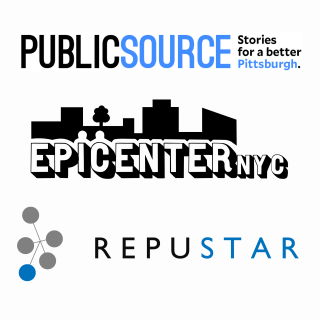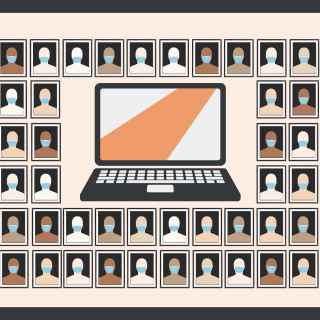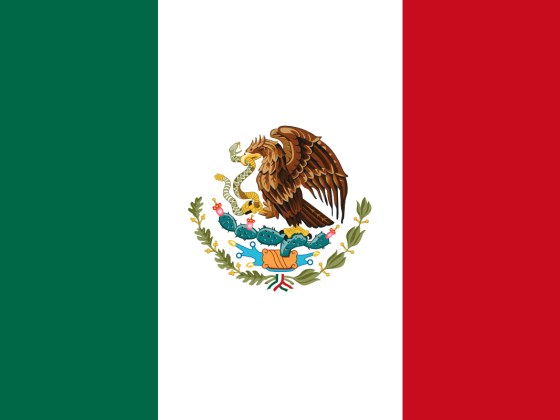
Attending a public conference like ONA may present a set of challenges for attendees with disabilities. While the physical space and hotel rooms at JW Marriott are compliant with the Americans with Disabilities Act, some accommodations can go beyond that.
ONA presents attendees an opportunity to alert the staff to any additional accommodations when people register for the conference. The application asks for people to “Please note any mobility or accessibility needs.” Anyone can write anything in this space.
Trevor Knoblich, head of programs and events at ONA, personally contacts everyone who fills out the form.
“This year, they were relatively easy asks to address … some minor mobility issues, in which case I left special instructions,” Knoblich said. A couple of people also had hearing impairments, “so we made sure that we have reserved seating near the stage to assist with that.”
While the total number of requests represent less than 1 percent of all attendees—0.3 percent, to be precise—it is still important to plan for these individuals.
At all the featured sessions, there is reserved seating near the stage for those with hearing impairments. Also, American Sign Language interpreters are live at the featured sessions. This is the second year ASL interpreters have been present, though last year they were only at a few sessions.
No one directly requested live interpreters this year, but it was a service the planning team said it wanted to include.
All the 2018 featured sessions are being video recorded, and transcripts will be provided for those. Last year’s conference only provided a transcript for the keynote; this year all the featured sessions will have a transcript.
Trint, a transcription service, is using its new software launching during ONA18 to transcribe all the featured sessions. As an ONA partner, Trint offers its staff and technology to ONA in exchange for equal value in sponsorship. Yesterday’s opening welcome and featured session with danah boyd is already live on the site.
For sessions that occur throughout the day, many presenters use slides. Knoblich said ONA makes a slide deck for presenters with general tips about their presentations, such as keeping fonts large and photo usage, but there’s not explicit language about accessibility.
Beyond physical
Accommodations at the conference can go beyond just physical disabilities and challenges.
ONA offers a quiet room for nursing moms. Though this is the third year the conference carved out such a space, it is the first year more than just nursing moms are requesting it.
Leah Rush, conference registration and operations consultant for ONA, said that people requested a “quiet space to rest due to a medical condition or a quiet space to pray.”
Rush said this was the first year that an attendee made a request to honor their faith.
“It’ll give us some food for thought on how we label or market [the quiet room] so people do feel included,” Rush said. She said she thinks it’s great that people are comfortable enough to ask for these requests and not trying to navigate the conference on their own.
Currently, only a handful of people use the quiet space, but it’s enough to warrant the creation of the room at each conference, said Rush.
The conference is always trying to address accessibility and inclusion needs, building on previous years.
This year, a few people requested non-English language interpreters. But the resources to bring in such people are extensive, and for only one or two people, ONA doesn’t yet provide this. In planning the conference, they try to take each request seriously and consider the options. For now, the language translation is too difficult to offer.
Inclusive conferences
ONA isn’t the only journalism conference working to create an inclusive environment.
OpenNews hosts SRCCON events, “conferences that empower and celebrate the journalism tech community,” according to their website. SRCCON is known and referenced as an accessibility friendly conference.
Erika Owens, director of OpenNews, wrote in an email that OpenNews does “factor accessibility into our planning and how we communicate with participants.”
In addition to planning accessible spaces for hearing impaired attendees, SRCCON also provides scholarships to attend events for free, childcare for parents who bring children and live transcription for about half of their sessions. In a similar service, ONA offers three different fellowships each year to attend the conference.
At SRCCON registration, attendees pick up lanyards and pins as part of their accessibility plan. The lanyards are color coded for photography privacy; green if it’s OK for a photo to be taken, yellow if you need to be asked first and red if you don’t want any photos taken.
Once attendees pick up their lanyard, they can choose a pronoun pin to wear. The first year SRCCON had these pins available, there was a sign telling people to take one and language around why someone would take a pin.
The following year there was an encouragement for everyone to take a pin in an email prior to the event. So many people took pins, SRCCON ran out.
If ONA were to offer such an item, Owens thinks, something similar could happen. ONA is a much larger conference than SRCCON.
“It’s all been an evolution” in terms of inclusion and accessibility, Owens said. For OpenNews, making SRCCON accessible has been largely values driven. They’ve also seen other conferences handling inclusion and documenting it, giving cues and tips to other groups for events.
Owens also notes that, especially with the transcription services, more than just hearing impaired people are taking advantage of it. “No one requested it, but once it was there people were like ‘Oh, that was really helpful!’”
What started as meeting disability needs has evolved into something bigger. Owens said it’s “cool how some of these offerings help one particular group but also help a lot of other folks, too.”
SRCCON is considerably smaller than ONA conferences, so Owens said “it’s understandable some things like free childcare might not be possible,” but providing information about childcare providers nearby could be helpful.
Overall, Owens knows there’s more everyone can do to be accessible and inclusive.
“What we as a society consider a disability or an accommodation is very subjective,” Owens said.
“Being conscious of those implicit biases about ability, being aware of how different access needs intersect, including people with disabilities in the planning and being explicit about these considerations in conference planning all seem critical.”







You must be logged in to post a comment.